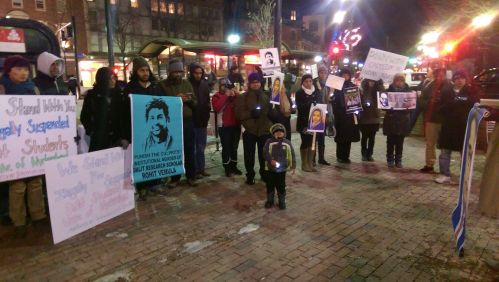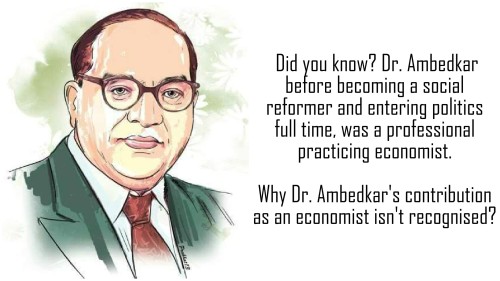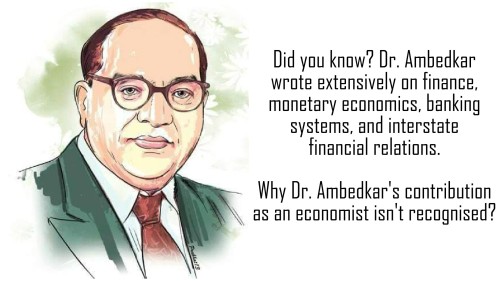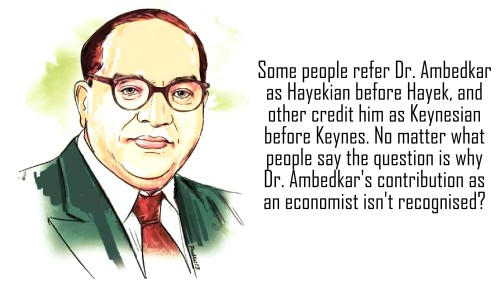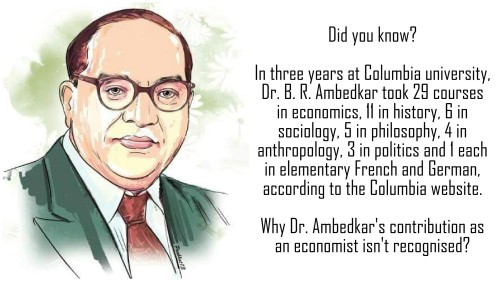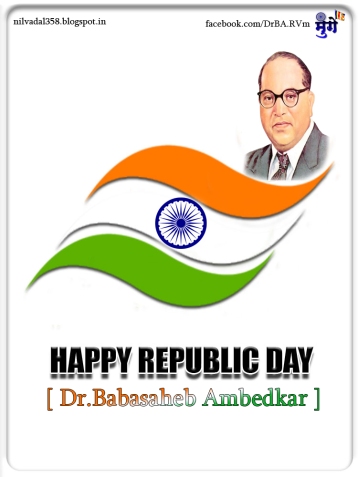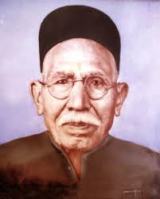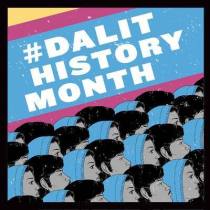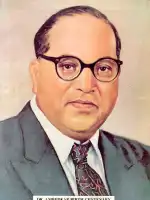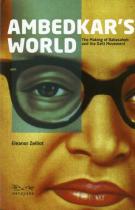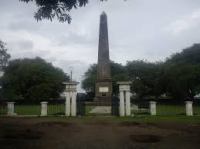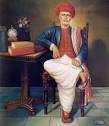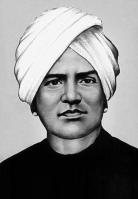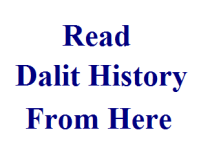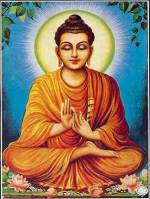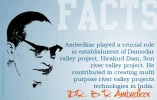26 January 1950: The Constitution of India came into force ending the British Sovereignty over India as a Dominion status. Dr. B R Ambedkar is the Father of the Constitution of India and who gave the country the best constitution in the world – thus laying the foundation for the Word’s biggest and vibrant democracy.
After the transfer of power by the Birtish to Indian hands, Nehru and Patel wanted to invite Sir Ivor Jennings, an internationally-known constitution expert of those times, for drafting Constitution of India, who had drafted the Constitutions of many Asian countries. M K Gandhi, however advised them not to look for a foreigner, when they had within India an outstanding legal constitutional expert, Dr. B R Ambedkar. This is how the choice to draft the free India’s constitution fell on Dr. Ambedkar.
So the Congress leaders desired rapprochement with Dr. Ambedkar, a man of outstanding caliber, in order to make use of his gifts and sharp intellect in the building of the nation and the preservation of hard won, new-born independence. In a most conciliatory and appreciative mood they discussed the issue, talking at times to each other over phone, about the inclusion of Dr. Ambedkar in the Cabinet. Pandit Jawaharlal Nehru then called Dr. Ambedkar to his chamber and asked him whether he would accept the office of Law Minister in his Cabinet.
The offer came to Dr. Ambedkar as a great surprise. “I was”, he said on 10 October 1951 (after his resignation from the Cabinet), “in the opposite camp and had already been condemned as unworthy of association when the interim Government was formed in August, 1946. I was left to speculate as to what could have happened to bring about this change in the attitude of the Prime Minister. I had my doubts. I did not know how I could carry on with those who had never been my friends. I had doubts as to whether I could, as a Law Member, maintain the standard of legal knowledge and acumen which had been maintained by those who had preceded me as Law Ministers of the Government of India. But I kept my doubts at rest and accepted the offer of the Prime Minister on the ground that I should not deny my cooperation when it was asked for in the building of our nation”.
In a most patriotic spirit, Dr. Ambedkar did not, therefore, lag behind to play his important, constructive and dignified role in the building of the nation. He did rise to the occasion and gave his whole-hearted honest consent to Nehru. Forgetting the past bickering, as the service to the country was uppermost in his heart. The Drafting Committee consisted of (1) Dr. B. R. Ambedkar – Chairman (2) N. Gopalaswami Ayyangar, (3) Alladi Krishnaswami Ayyar (a distinguished jurist), (4) K.M. Munshi (a distinguished jurist), (5) Syyed Mohd. Saadull, (6) N. Madhav Rao (in place of B.L. Mitra) and (7) D.P Khaitan (T Krishnamachari, after Khaitan’s death in 1948).
Dr. Ambedkar spared no efforts and put his heart in drafting of the Constitution. Despite his ill – health he worked ceaselessly day in and day out, almost singly, concentrating his energies in that direction. Somewhat of a recluse, he remained cooped up for hours together daily, whether at the Parliament House or in the confines of his bungalow at 1, Hardinge Avenue, Delhi – no rest, no recreation, no going out even for a moment. The drafting of the Constitution flowed heavily in his head, blood and viens all the time.
The Drafting Committee was in effect charged with the duty of preparing a Constitution in accordance with the decisions of the Constituent Assembly on the reports made by the various Committees appointed by it such as the Union Powers Committee, the Union Constitution Committee, the Provincial Constitution Committee and the Advisory Committee on Fundamental Rights, Minorities and Tribal Areas etc. The Constituent Assembly had also directed that in certain matters the provisions contained in the Government of India Act, 1935 should be followed except on points which were referred to in the Dr. Ambedkar’s letter of 21 February 1948, in which he had referred to the departure made and alternatives suggested by the Drafting Committee. As such the Drafting Committee faithfully carried out the directions given to it.
The Draft Constitution as settled by the Drafting Committee was introduced in the Constituent Assembly by Dr. Ambedkar on 4 November 1948. He moved for its consideration the same day, and in doing so, drew attention to the important features of the Constitution and dealt with the criticisms at length against it. The motion moved by Dr. Ambedkar, “that the Constitution as settled by the Assembly be passed”, was then put to vote by Dr. Rajendra Prasad, President of the Constituent Assembly.
Supporing the motion for the adoption of the Constituton the whole Consituent Assembly was illuminated by the grand commentary, and speaker after speaker – representing various groups and organizations – paid glowing tributes to Dr. Ambedkar for his lucid, able, symmetrical speechless and the brilliant analysis of the Consitution. They expressed their highest appreciation, with gratitude, of ther skill, industry and intellectual qualities with which he applied himself to the tremendous task of drafting the Constitution.
On 5 November 1949, Shri T. T. Krishnamachari, a member of the committee said: “Though a committee of seven members was formed, one of then resigned. Another was nominated in his place. Another member died. No one took his place. One of the members was very busy with government work. Owing to ill health two other members were far away from Delhi. As a result, Dr. Ambedkar alone had to carry the entire burden of preparing the draft of the Constitution. The work he has done is admirable”.
In one of the debates on 25 November 1949, a day before the Constituent Assembly adopted the Consitution of India, Dr. Ambedkar said: “On 26th January 1950, we are going to enter into a life of contradictions. In politics, we will have equality and in social and economic structure, continue to deny the principle of one man one value.

How long shall we continue to live this life of contradictions? How long shall we continue to deny equality in our social and economic life? If we continue to deny it for long, we will do so only by putting our political democracy in peril. We must remove this contradiction at the earliest possible moment else those who suffer from inequality will blow up the structure of democracy which this Constituent Assembly has so laboriously built up.
“I feel that the constitution is workable, it is flexible and it is strong enough to hold the country together both in peacetime and in wartime. Indeed, if I may say so, if things go wrong under the new Constitution, the reason will not be that we had a bad Constitution. What we will have to say is that Man was vile.”
Continue reading →

